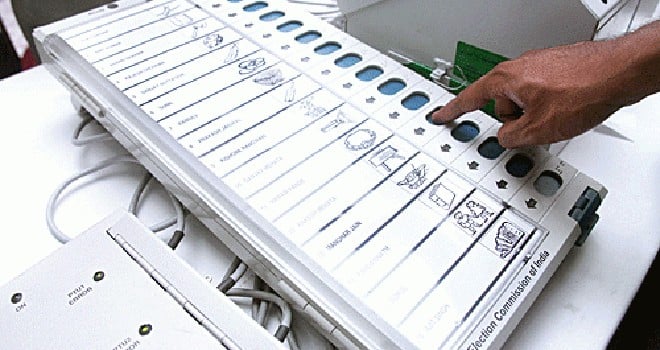
The parliamentary committee should seriously discuss the pros and cons of electronic voting

Electronic voting system has been adopted by many democracies around the world. India and the US, for instance, are using this voting mechanism in view of the sheer number of their voters. Why this technology has not been adopted in Pakistan is worth asking. Whether it is the cost, the fear of failure, sate of illiteracy in the country or plain lack of initiative?
Electronic voting systems for electorates have been in use since the 1960s when punched card systems were in place. Their first use was in the USA where 7 counties switched to this method for the 1964 presidential election.
The uses of electronic voting technology are many, the foremost is that it can speed up the counting of ballots and can provide improved accessibility for disabled voters.
The optical scan voting systems allow a computer to count a voter’s mark on a ballot. Direct-recording Electronic (DRE) system which collect and tabulate votes in a single machine, are used by all voters in all elections in Brazil and India, and also on a large scale in Venezuela and the United States.
With the invention of electronic tabulation came systems where paper cards or sheets could be marked by hand, but counted electronically.
Most recently, these systems can include an Electronic Ballot Marker (EBM) that allows voters to make their selections using an electronic input device, usually a touch screen system similar to a DRE. Systems including a ballot marking device can incorporate different forms of assistive technology.
Electronic Voting Machines (EVM) are being used in Indian General and State Elections to implement electronic voting in part since the 1999 elections and in total since the 2004 elections. The EVMs reduce the time in both casting a vote and declaring the results compared to the old paper ballot system. However, EVMs have been called into question over their alleged tempering and security problems during elections (especially after the 2009 general elections).
In 2004, India had adopted EVM for its elections to the Parliament with 380 million voters had cast their ballots using more than a million voting machines.
Electronic voting systems offers advantages compared to other voting techniques. An electronic voting system can be involved in any one of a number of steps: distributing, voting, collecting, and counting of ballots, and thus may or may not introduce advantages into any of these steps. Potential disadvantages exist as well, including the potential for flaws or weakness in any electronic component.